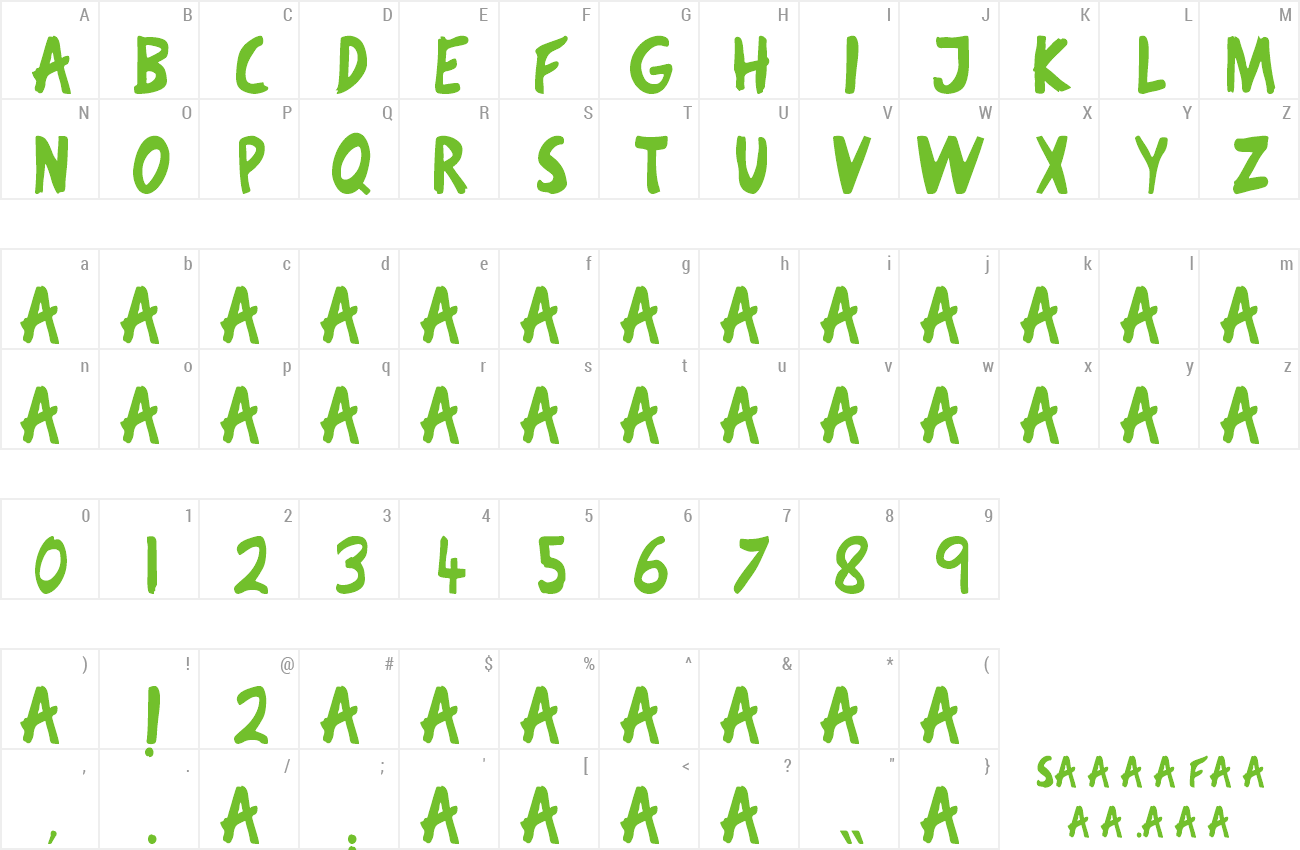Zbrush Alpha Brushes Free Download

First thing's first. If you're using Zbrush, it's almost impossible that you don't already know about ZbrushCentral, the ZClassroom, and the Zbrush downloads center, but consider this a reminder if you've overlooked it. The Zclassroom has improved substantially over the past six months to the point where they have some of the best Zbrush training available anywhere, free or premium.
It's also well organized into bite sized chunks, so it's perfect for learning a specific tool or workflow. Don't miss it! I love this brush so much. For a long, long time, the Damian Standard was the go to seam/crack/crease brush, but Orb's is just so much cleaner. Instead of pinching the heck out of your geometry, Orb uses a perfectly formed alpha in conjunction with lazy-mouse to give a clean, well-defined line. You'll find uses for Orb Cracks in both environment and organic sculpting, but it really shines when doing stylized stuff, a la DOTA, Blizzard, Torchlight, Darksiders, etc.
Free Fur Brushes by Jarred Everson. 3d sculpting, zbrush sculpting, 3d tutorial, zbrush tutorial, tutorial zbrush, free zbrush tutorial. Hardsurface Alpha Maps.
If you're interested in how the brush works, Orb put a tutorial up on Vimeo, or you can just download it here. If you spend any amount of time sculpting in Zbrush, chances are you'll eventually want to get your models, textures, and normal maps into another package at some point. Although provides a set of tools built in tools that are perfectly capable of accomplishing this, Xnormals are better, and the software has become the de facto choice for highpoly → lowpoly normal map baking. Xnormal can also extract a wide variety of additional maps, including ambient occlusion, cavity, curvature, height, etc., etc., etc. If you're looking to become a game developer, you might as well download XNormal right away—you're going to need it eventually.
The Zbrush interface is infinitely customizable, and the fine folks over at Polycount have done quite a lot of customizing over in this enormous forum thread/repository. I personally haven't messed around with my Zbrush UI too much, but it's something I want to explore sometime soon—a lot of people I've spoken to say that just a few interface tweaks improved their efficiency a great deal. There are dozens of custom UI downloads available in the linked thread, so feel free to try a few and see if you find anything you like! 
The Alpha 3D Brushes To use Alpha 3D, you must use one of these brushes: Standard, Layer, or the Chisel 3D brush. Upon selecting one of these types of brushes you will see the Mesh Selector on top of the canvas. This lists the available content for the selected brush.

Simply pick a VDM of your choice, then click and drag the cursor on your model to sculpt it using the VDM shape stored in the selected brush. Some of the 3D Alpha brushes are set by default to work with the Drag Rectangle stroke. Feel free to change instead to the Freehand or Dot strokes, or even combine it with Lazy Mouse for more control or different results. At the top, some of the VDM’s used on the sphere.
Creating a New Alpha 3D Brush Creating your own Alpha 3D brushes is the key to producing advanced models and increasing your productivity. They can be designed to generate highly detailed models or just to produce mid-resolution shapes like an ear that you can refine later. Due to how 3D Alphas work, VDM creation needs to follow some specific steps: • Load one of the Brush3DTemplate projects located in LightBox >> Project >> Brush3DTemplate folder. You have different grids to choose from. To be recognized as a VDM, the model must be sculpted on a grid with square borders.